Crew 186 Sol 7 Summary Report 07JAN2018
Sol 7
Summary Title:
Author’s name: Max Fagin
Mission Status: Back into our regular routine after our relaxing day off
Sol Activity Summary: Today was a follow-up EVA east of the Maxwell Montes area to try and get up close to the stratified cuts in the canyon wall that we found on EVA 3. The USGS topo maps that we had downloaded before our mission made navigation through the canyon possible, but still error-prone. We were not able to reach the stratified layer feature we had previously located, but we did locate another wall along the way in a side canyon with an equally good stratified structure and elected to conduct our sampling there instead of continuing on to the target site (which was still 0.5 miles away). As this canyon is just off the edge of the MDRS map and has no feature name, we have elected to informally name it after our college mascot, Boilermaker Canyon. See the EVA report for more details on navigation. Tonight we plan to make time for some astronomy and an early bedtime.
Look Ahead Plan: Tomorrow’s EVA will revisit the Moons region to target the sites we missed on the first visit to the region, then conduct a walk back experiment with the navigation equipment.
Anomalies in work: The commander experienced communication troubles on this EVA when a radio battery started giving a low voltage warning while en route to the site. By turning the radio off and only turning it on when communications were required, we were able to extend its life until we reached the EVA site. But it meant that the commander was required to always remain within easy reach of another crew member so instructions could be relayed to turn on their radio via hand gestures or simulated helmet contact. As the commander was responsible for navigation, the commander and engineer swapped radios on the way back and walked single file with the incommunicado radio in the 2nd position in line, ensuring the commander had good comm and could direct the navigation out of the canyon. HSO also experienced a loss of radio comms while walking back to the rovers, but this was traced back to the radio inadvertently being placed in scan mode. Communications were restored once this way corrected.
As this is now the second time an apparently fully charged radio has failed to hold charge on EVA, we are implementing a new policy on all our future EVAs that 2 fully charged spare radios will be put in the EVA box, and carried with the EVA team at all times, to be swapped in the event of a low radio battery. This was the most physically intensive EVA we had conducted so far, and we made use of the reserve water supply once we returned to the rovers, drinking it through a camelback to avoid breaking sim. See the EVA report for full details.
Weather: 5C, Wind NNE 9 MPH, Clear, Visibility 10 miles, Barometer 30.25 inHg
Crew Physical Status: Healthy
EVA: Muddy River Canyon east of Maxwell Montes, 5.0 hrs, spectral and geological sampling of the stratified layers in the canyon wall.
Reports to be filed: Sol Summary, Operations Report, Journalist Report, Greenhab Report, HSO Report, EVA Report, EVA Request
Support Requested: None
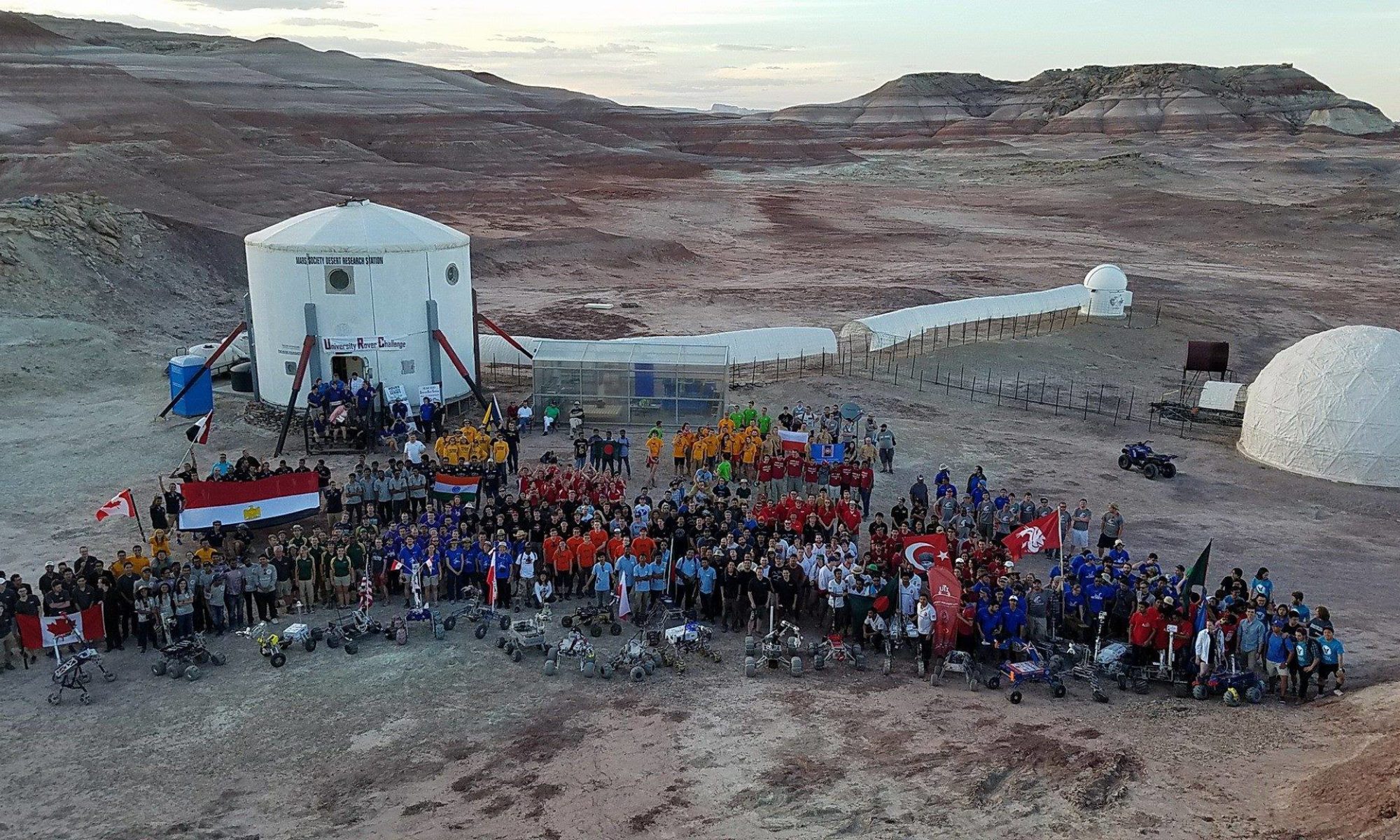

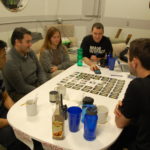
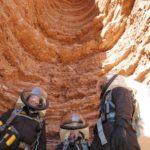
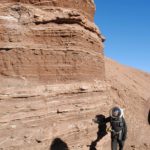
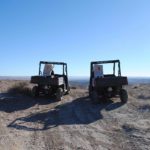
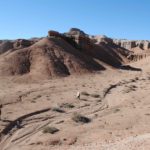

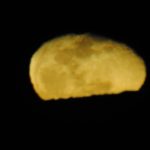
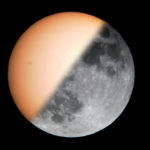
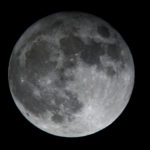
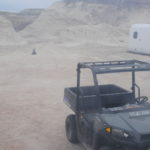
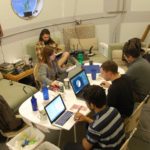
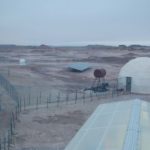
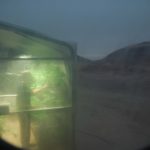
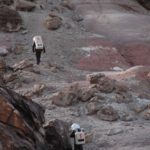
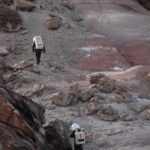
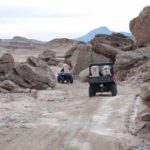
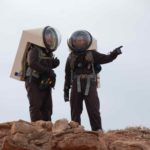
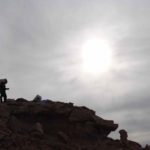
You must be logged in to post a comment.